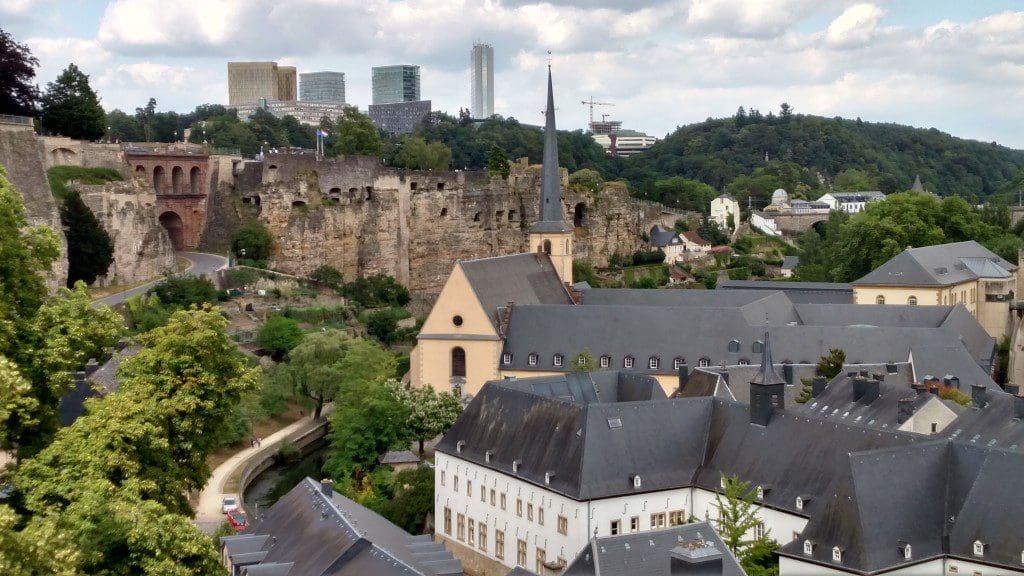 Luxembourg City has a thousand-year history and yet, it’s a contemporary, cosmopolitan city. Today it’s the capital city of the Grand Duchy of Luxembourg, but during its colorful history, Luxembourg was ruled or occupied by a series of European powers: the Habsburgs, France, Spain, Germany and originally, the Romans. Once known as the “Gibraltar of the North,” the fortified ramparts and defensible cliffs made Luxembourg’s strategic location extremely desirable.
Luxembourg City has a thousand-year history and yet, it’s a contemporary, cosmopolitan city. Today it’s the capital city of the Grand Duchy of Luxembourg, but during its colorful history, Luxembourg was ruled or occupied by a series of European powers: the Habsburgs, France, Spain, Germany and originally, the Romans. Once known as the “Gibraltar of the North,” the fortified ramparts and defensible cliffs made Luxembourg’s strategic location extremely desirable.
Luxembourg City – the Old
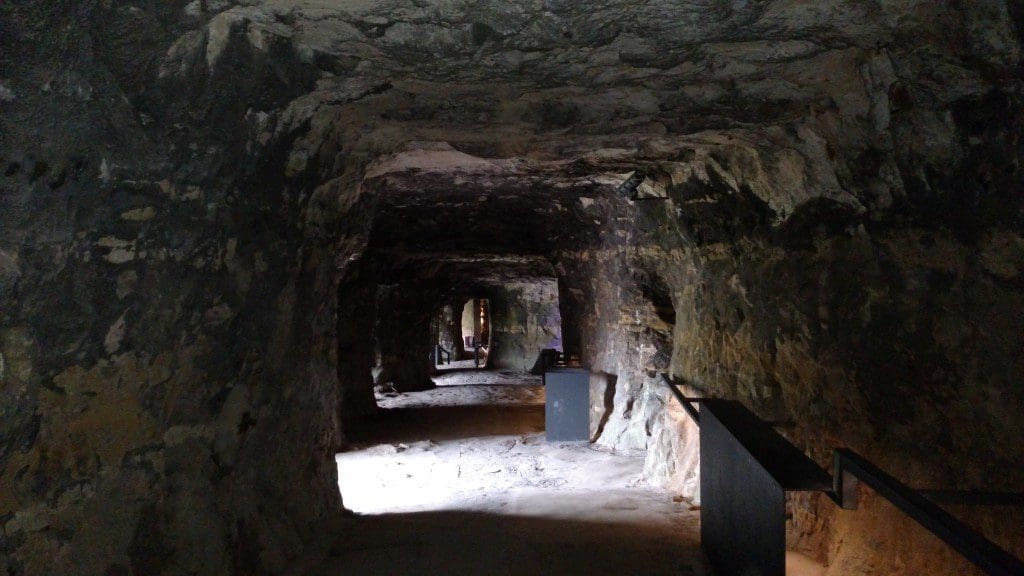
Much of the city is built on top of hills and cliffs overlooking the Alzette and Petrusse rivers and steep ravines. A series of tunnels and passageways, called casemates, are built into the promontory known as the Bock. The casemates were extensive enough to shelter the entire city during times of siege. Many are still open to the public during the main tourist season, and they’re interesting to explore. The spectacular view from the casemates is called “the most beautiful balcony in Europe” and is not to be missed. In 1994, the fortifications and the old town were listed as a UNESCO World Heritage Site because of their outstanding universal value.
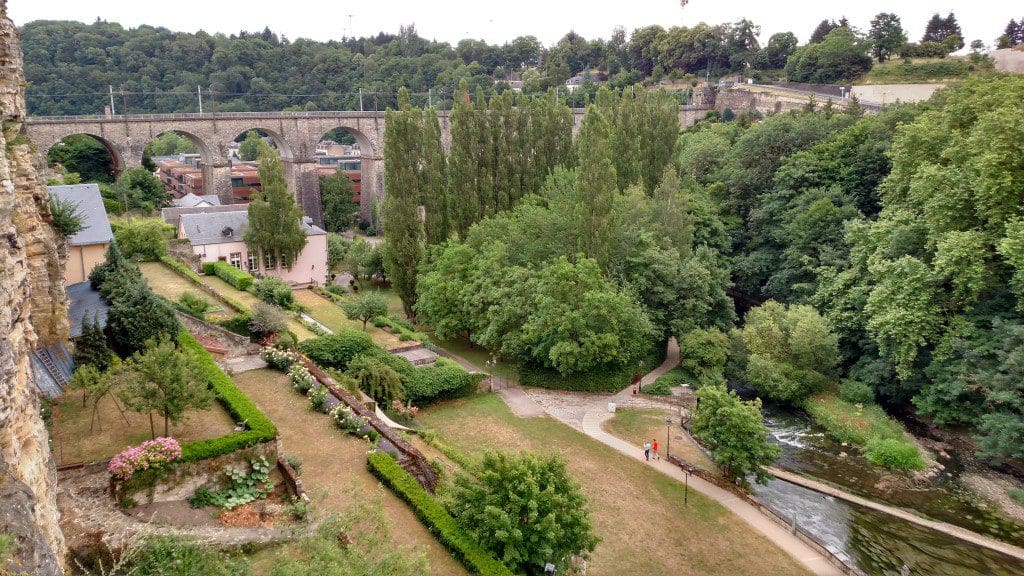
The historic area at the base of the cliffs is magically picturesque. Hiking the many paths and parks along the tiny river is a scenic way to spend an afternoon. Other points of interest include the 11th-century Abbey of Munster (now a cultural center), the 17th-century Cathedral of Our Lady of Luxembourg, the 10th-century St. Michael’s Church, the Renaissance-style Grand-Ducal Palace and some of the government’s ministries, housed in elegant belle epoque buildings.
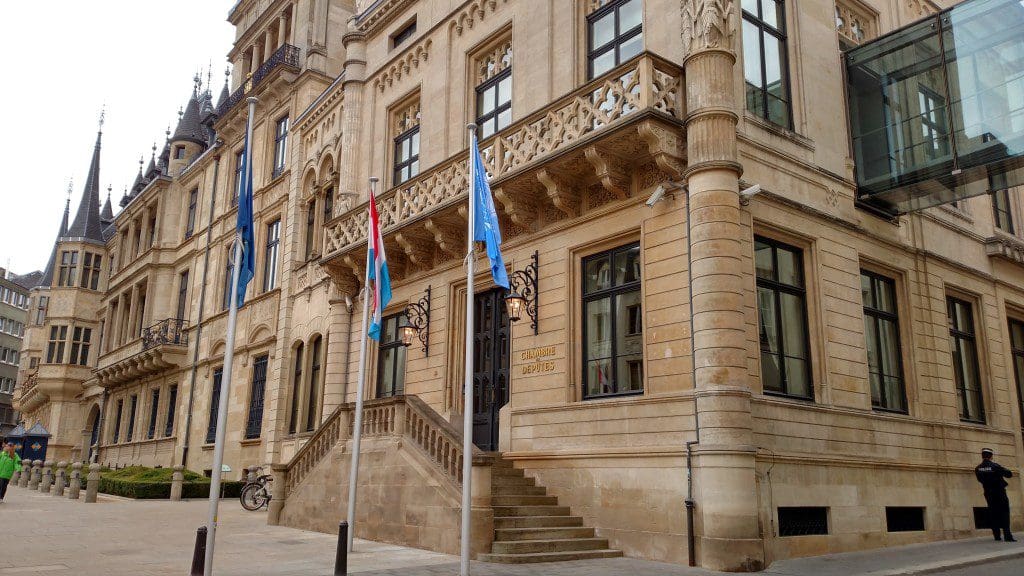
Luxembourg City – the New
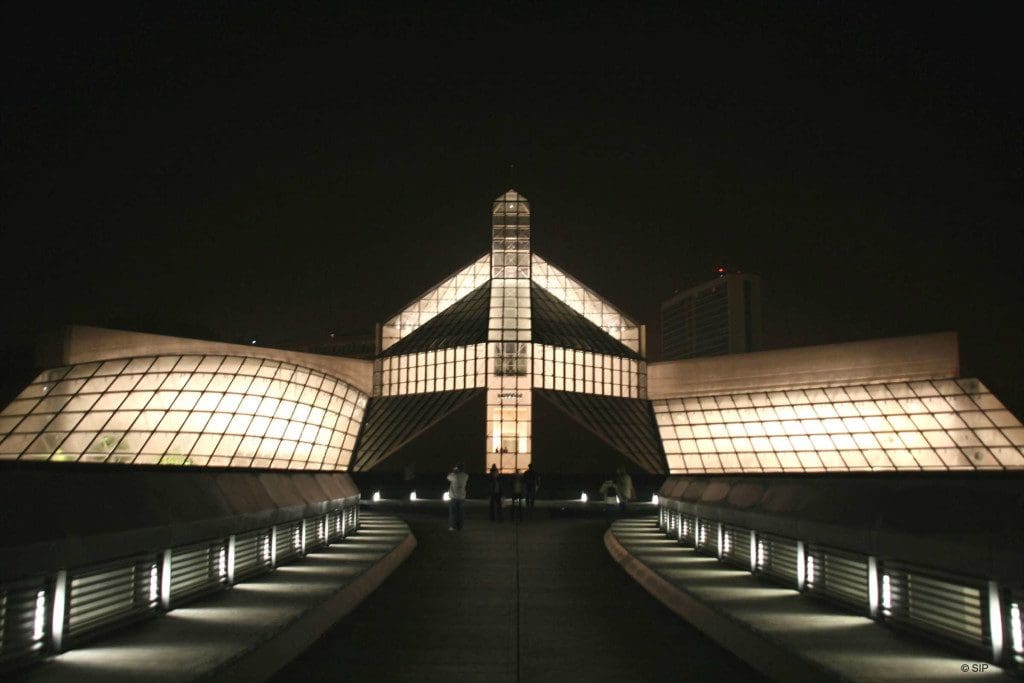
Luxembourg City is also home to impressive contemporary architecture, particularly the futuristic Musée d’art moderne Grand-Duc Jean (MUDAM) designed by renowned architect I.M. Pei. Six additional museums and galleries grace the small area known as Museumsmile – It’s not really a mile in length, but if you connect the museum locations on a map, it forms a smile.
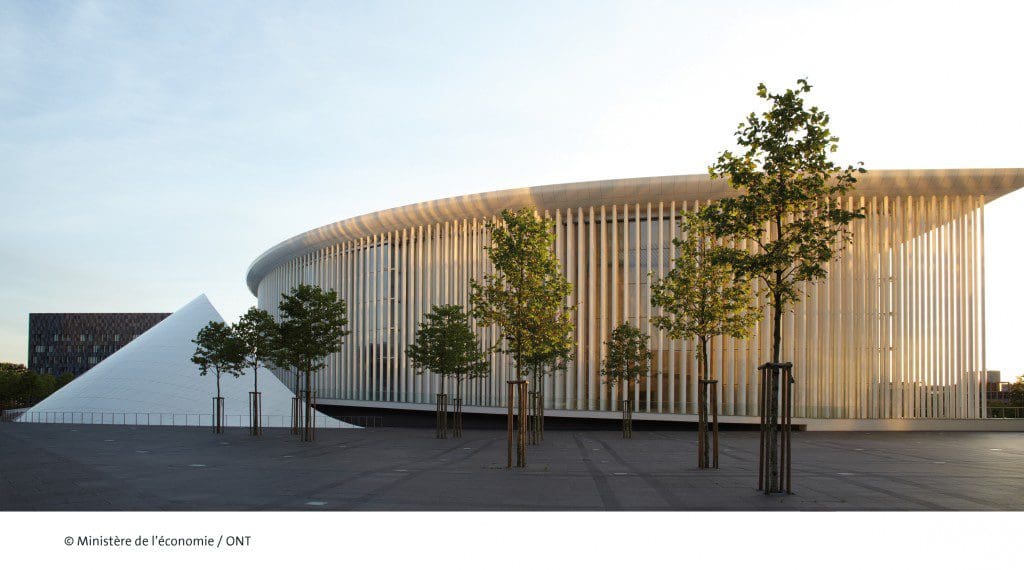
The city’s cultural attractions don’t end with art; Luxembourg City also celebrates musical expression in many forms. The Théatre de la Ville produces “a large variety of all things dramatic, musical and rhythmic” and the ten-year old Philharmonie Luxembourg offers performances in every musical genre from classical to jazz to world music. During the summer months free outdoor concerts draw thousands of visitors to the city center every weekend. While ancient Luxembourg City was a military bastion, today’s city is a citadel of culture.
True to its heritage, Luxembourg City is a multicultural city – approximately 67% of the 107,000 residents are foreigners representing 159 nationalities! It is a hub of the European Union and the seat of multiple European Union institutions. Luxembourg is ranked as one of the wealthiest countries per capita in the world and it has made a name for itself as an international finance center.
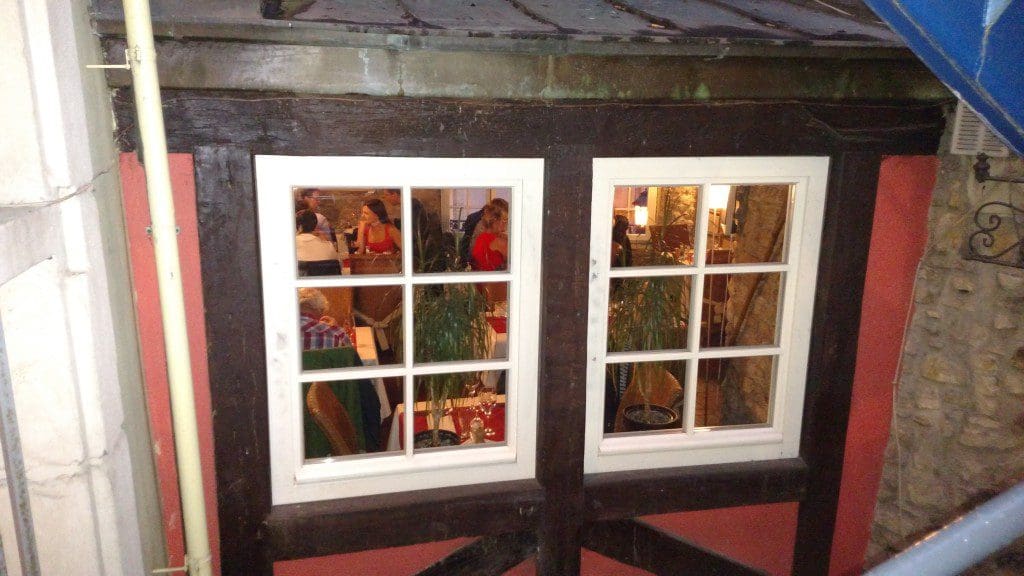
Gourmet dining is an integral part of life in Luxembourg, which has the most Michelin-star restaurants per capita in the world. Many restaurants and open-air cafes are found in the pedestrian area that extends from the city’s main squares, the Place d’Armes and Place Guillaume II. The Grand Rue in this pedestrian area is a shopper’s dream with many big-name designer and jewelry stores. The best way to see the city is on foot. If you have a car, underground parking is plentiful, though expensive.
There is so much to see, do and eat in Luxembourg City, you should plan for a minimum of two nights, but from experience, take three – you won’t run out of things to do. And don’t forget to allow time to visit the rest of surprising Luxembourg, as well.
For assistance in planning a vacation to Luxembourg or adding it on to a European business trip, contact your helpful Covington travel advisor.






Leave a Reply